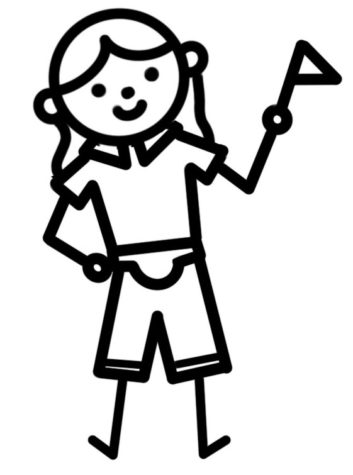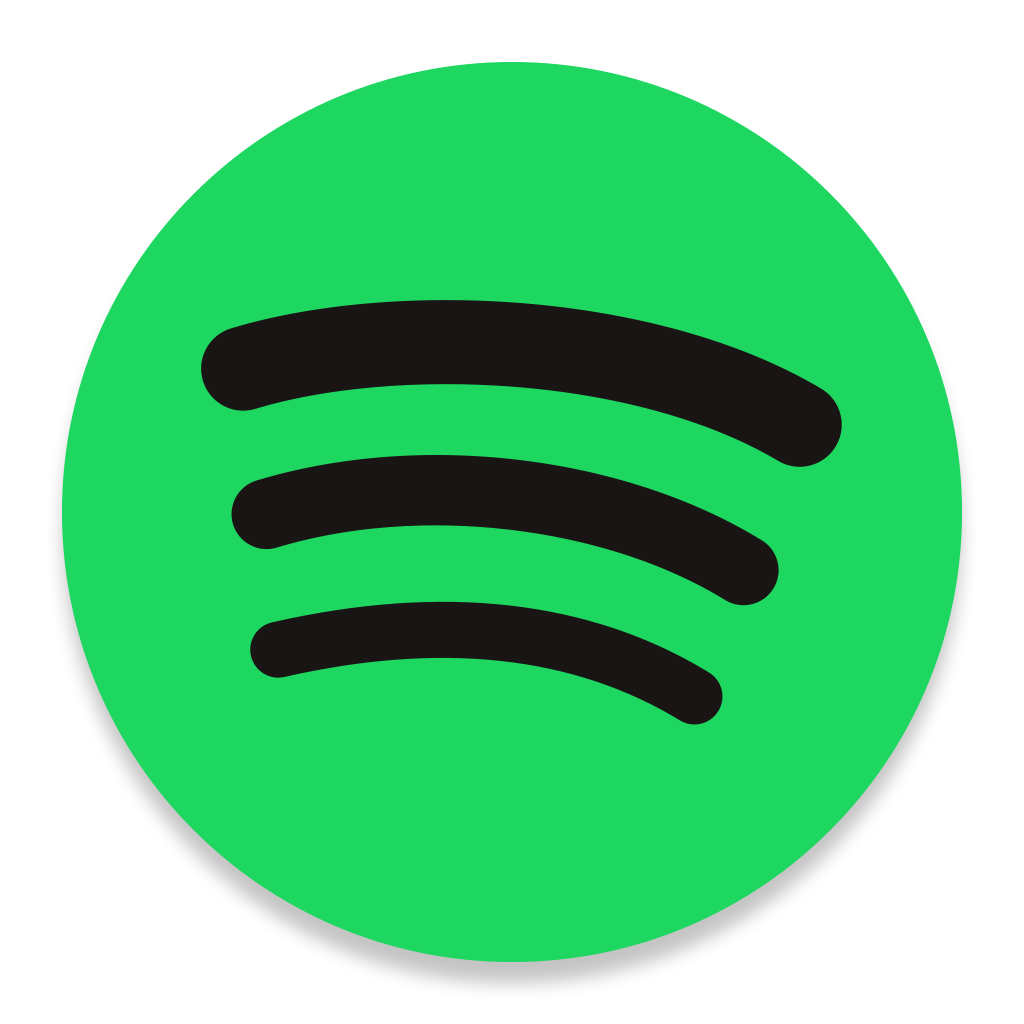Column: Sara’s Official Guide Through Music Genres: Riding the New Wave!
October 8, 2021

 Taking its name from the French New Wave of cinema that spanned the late 1950s, New Wave dominated the music industry throughout the end of the 1970s and into the 1980s.
Taking its name from the French New Wave of cinema that spanned the late 1950s, New Wave dominated the music industry throughout the end of the 1970s and into the 1980s.
The term “new wave” started as a very broad term for genres derived from punk-rock but popular critics such as Nick Kent and Dave Marsh began the Velvet Underground, New York Dolls, and similar groups. During the early-1970s, “punk” and “new wave” were interchangeable terms as they both described music that was different from the mainstream sounds at the time. They remained undifferentiated until the chairman of Sire Records, Seymour Stein, launched a “Don’t Call it Punk” campaign in the mid-1970s in fear of a punk classification hindering sales. From there, clients were told by their agents that punk rock was a fad and new wave replaced it.
Like its namesake, new wave artists were experimental. Heavily influenced by the DIY philosophy of punk, it separated itself from disco, which ruled the charts at the time. Typical characteristics of new wave included a “quirky pop approach” with fast tempos, rhythm guitars, and almost always keyboards.
As this genre followed the height of the disco and macho-rock era, new wave existed as an opposing force to the ego present in the artists and fan bases of the former. Most of the popular acts in America involved Caucasian, middle-class men who displayed exaggerated, nerdy tendencies, a stereotype that came as a product of the space-age consumer culture. In embracing this perpetuated image, popular artists of the new wave movement, namely the Talking Heads, were often seen robot dancing or in ill-fitting clothes and suits.
After the success of the Police, Blondie, and the Knacks’ “My Sharona” labels began signing more new wave groups. Because of its DIY philosophy, the production of such music wasn’t as costly as most. For producers and agents, this was ideal as the music industry was facing one of its worst slumps at the time because of the recent world-wide recession.
New wave dominated the charts as the decade turned. The Cars found their place in the Top 40 in 1978 with “Just What I Needed” and the Go-Go’s album, Beauty and the Beat at No. 1.Deeper into the 1980s, the separation between new wave and the mainstream was less distinct. Although new wave as a term became less popular, its sounds and styles continued to prevail as pop music rose into the ’90s.
Past the ’90s, bands like Franz Ferdinand and the Strokes emerged under the new wave revival, which was renamed “post-punk.” As we progressed through the 2000s, the now post-punk genre influenced modern indie-rock or alternative music, each of which adopted the unfiltered sounds of its predecessor.
New wave, no matter its name, has had a massive impact on the music industry and its sounds and iconic artists are still prevalent today.



